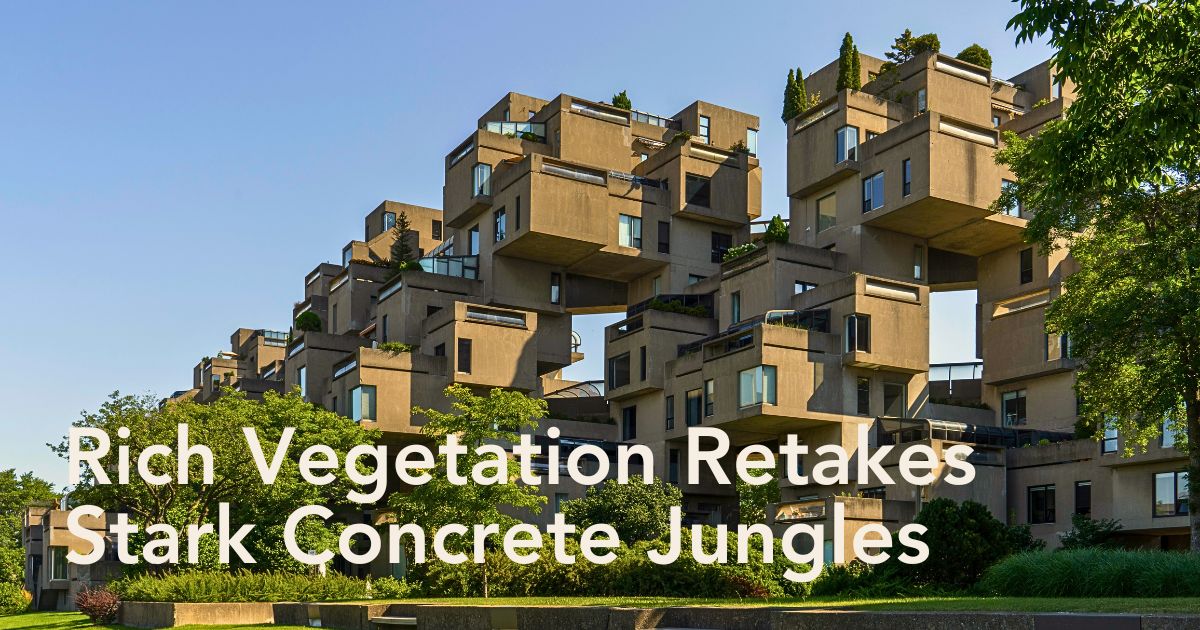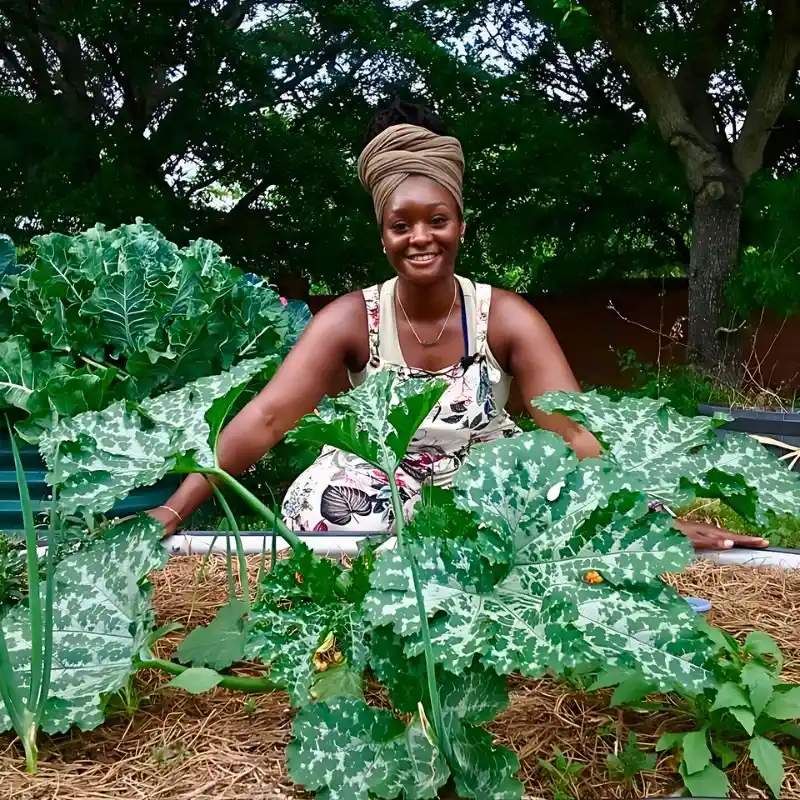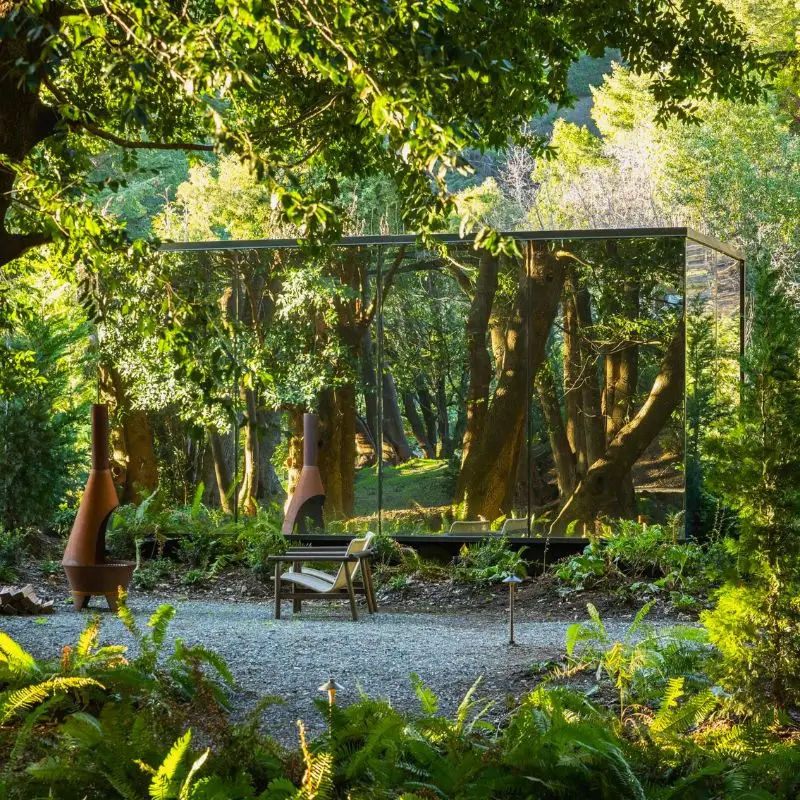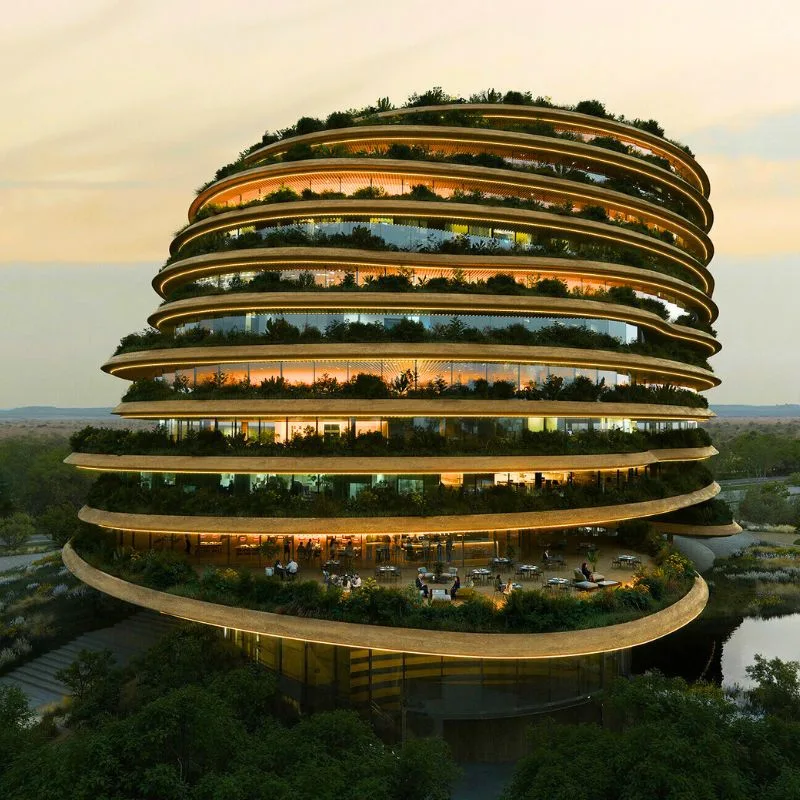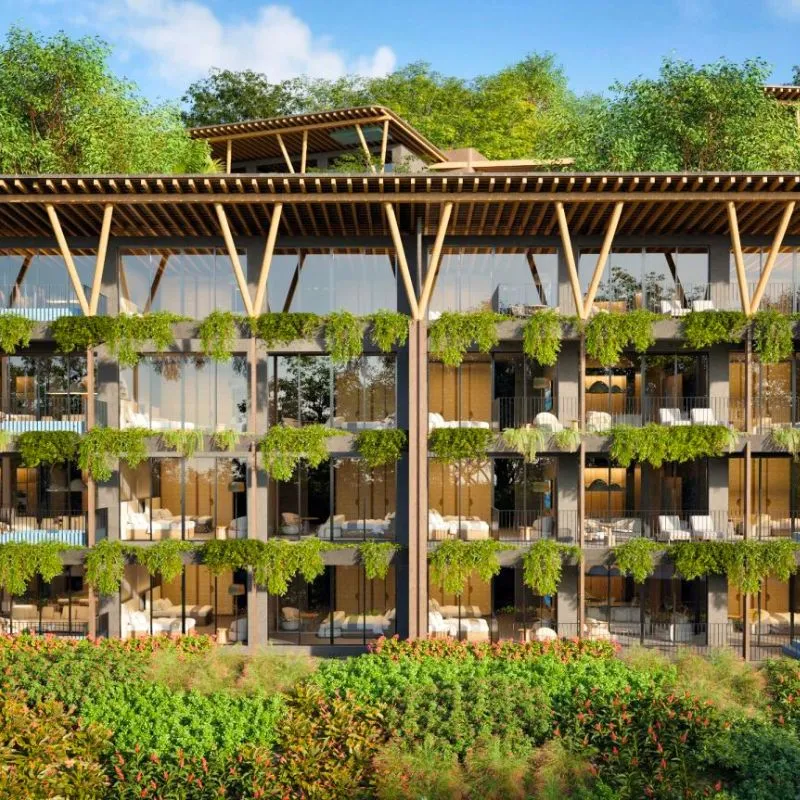Brutalist architecture, a building construction style that emerged in the 1950s post-World War II era, has, for a long time, been a topic that attracts divergent opinions among architecture enthusiasts and critics. Its emphasis on raw, exposed concrete and bold geometric forms, often stirs strong sentiments and inspires discussions. However, photographer and curator Olivia Broome has taken a unique approach to the whole idea.
Olivia has taken the brutalist aesthetic and interwoven it together with the lush, organic beauty of nature, creating an intriguing visual exploration of the relationship between the built and the natural environments. In a series of photos by numerous photographers, she portrays Brutalist architecture and lush vegetation, which she has curated in her captivating book, Brutalist Plants.
An Overview of What Brutalism Is
Brutalism, derived from the French phrase ‘béton brut’, meaning ‘raw concrete’, and ‘art brut’ (raw art), is often associated with the work of British architects Alison and Peter Smithson, who pioneered the movement and coined the term ‘new brutalism’. The style is well-known for its minimalist constructions, incorporating bare building materials and structural elements rather than mere decorative designs.
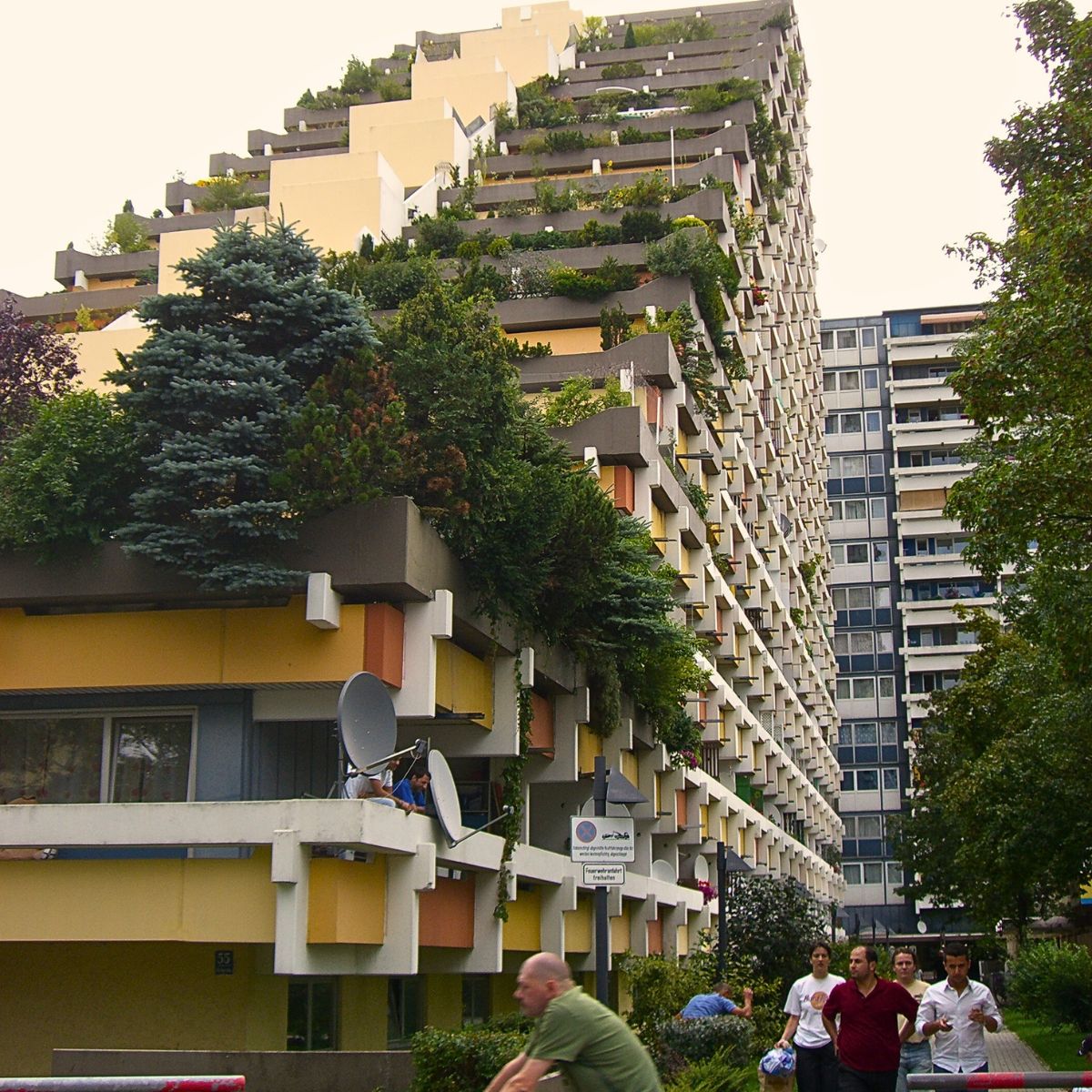
Photo by Maximilian Dörrbecker (Chumwa)
This architecture movement that emerged in the 1950s, is characterized by its use of raw concrete, angular forms, and an emphasis on functionality. It, also, features a predominantly monochrome color palette. Born out of post-war Europe, this architectural style aimed to provide affordable housing and urban infrastructure, often resulting in imposing, fortress-like structures that dominated cityscapes.
Influenced by the modernist movement, Brutalism, essentially, reacted against the nostalgia of architecture in the 1940s, striving for simplicity, honesty, and functionality. It was often associated with socialist utopian ideas, as architects sought to reimagine architecture to address modern needs.
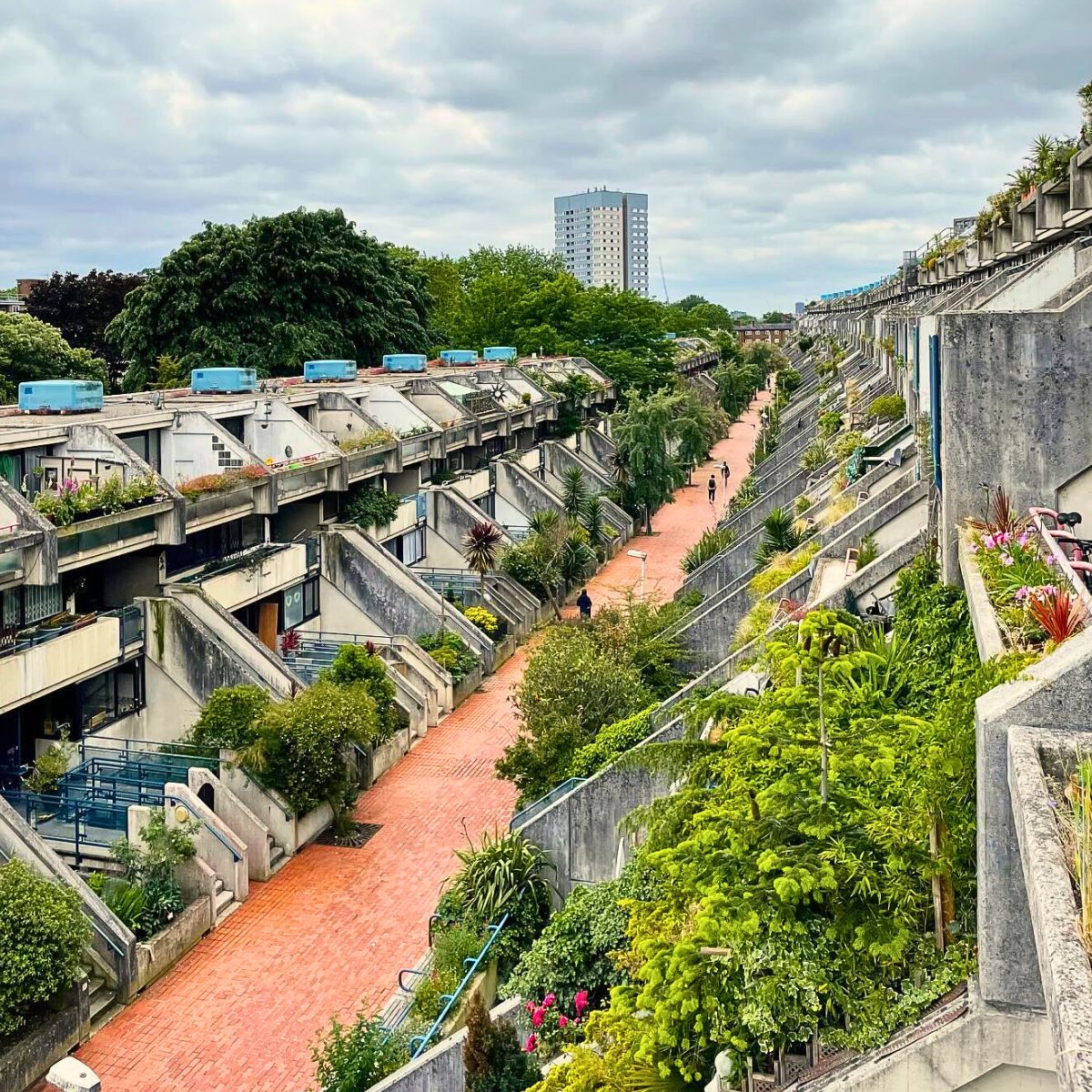
Photo by @arnaudtandt
Even so, Brutalism has often been perceived as a polarizing architectural concept historically. Specific buildings, as well as the movement as a whole, have often drawn some disapproval; often being described as cold, austere, or just bleak. There has, however, been support for the concept from some architects and even local communities. Thus, many brutalist buildings are now official, if not popular, cultural icons, and have even acquired a heritage status.
Olivia Broome’s Photographic Exploration of Brutalist Architecture
Yet, in Olivia’s idyll, the brutalist buildings which are, in some quarters, considered cold and austere have now become a canvas for nature's reclamation. Nature, essentially, paints itself on the facades of these buildings. This is evidenced by her interesting photography book.
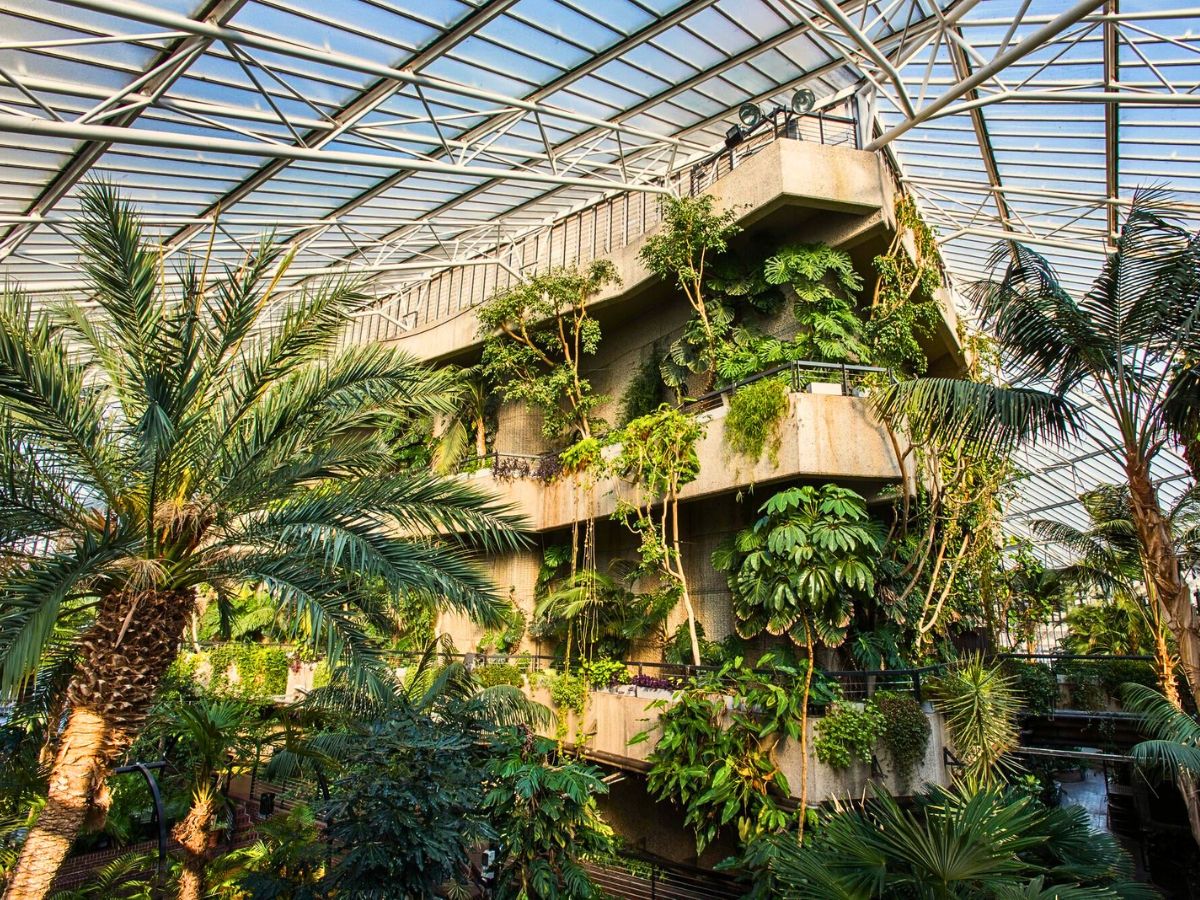
Photo by Barbican Center
In Brutalist Plants, Olivia presents a compelling collection of images that captures the back-and-forth between brutalist architecture and nature. With more than 150 redolent photographs, the book showcases the work of different photographers from around the world, capturing the juxtaposition of austere concrete structures and vibrant flora that seems to be taking over the buildings.
Her curated selection takes readers on a journey across various epochs and locations, from the iconic Barbican Center in London with its Babylonian-style cascading courtyard gardens to Stefano Boeri’s Bosco Verticale in Milan, Italy, Mill Owners’ Association Building in Ahmedabad, Gujarat, India, Les Étoiles d’Ivry in Paris, France, as well as war memorials in former Soviet and Yugoslavian states and even forest cabins in Mexico.
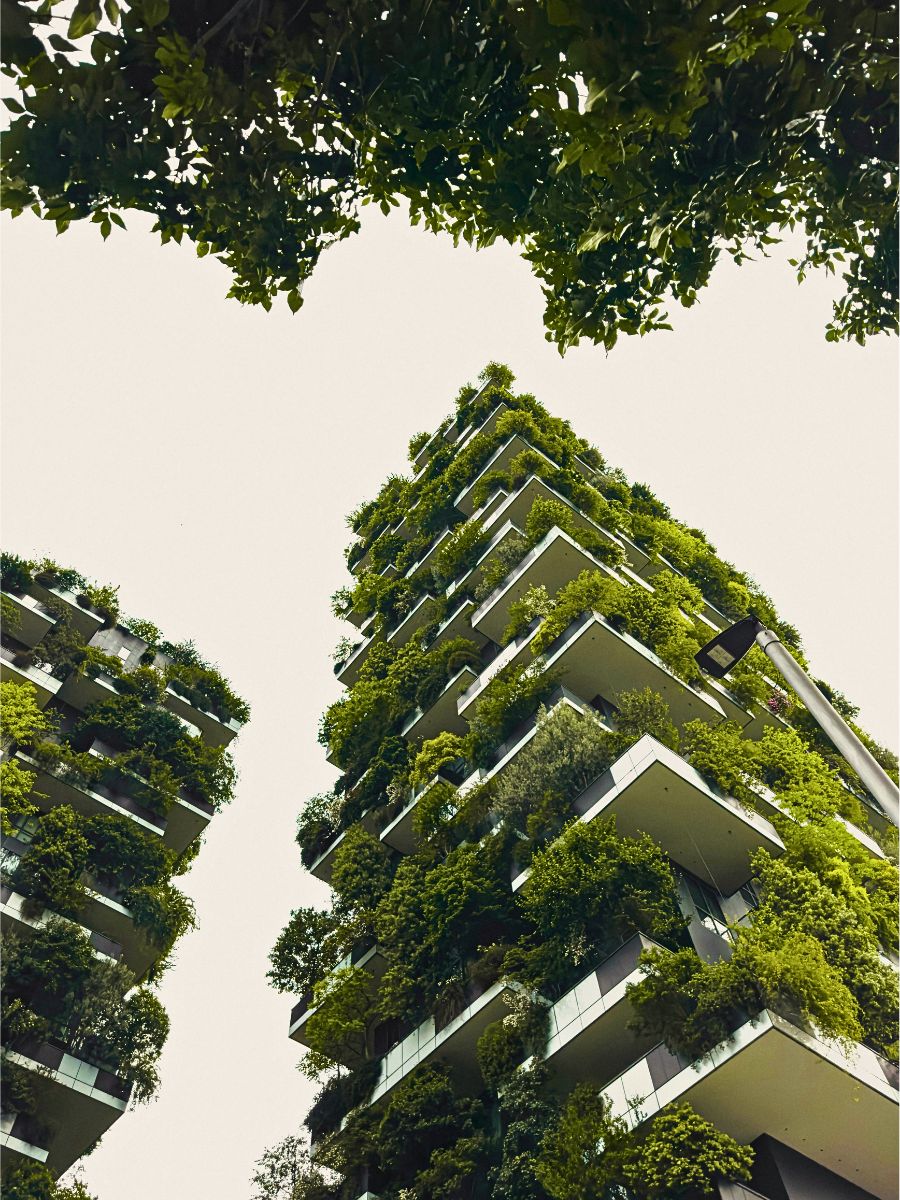
Photo by Mike Hindle
The book—published by Hoxton Mini Press and which grew out of Olivia’s Instagram account @brutalistplants—explores how architects have integrated greenery into their designs to create a fascinating intertwinement of rigid concrete and the organic gentleness that plants and nature add to the design. In some cases, nature has effortlessly reclaimed its space within the built environment, without the assistance of architects.
Olivia’s work brings a different angle and perception to Brutalist architecture. It highlights its potential within the context of nature. The contrasting elements of harsh concrete and steel that define the facades, and the soft, bright green tones of nature, for instance, create a poetic contrast as if implying that one's existence need not preclude the other’s being.
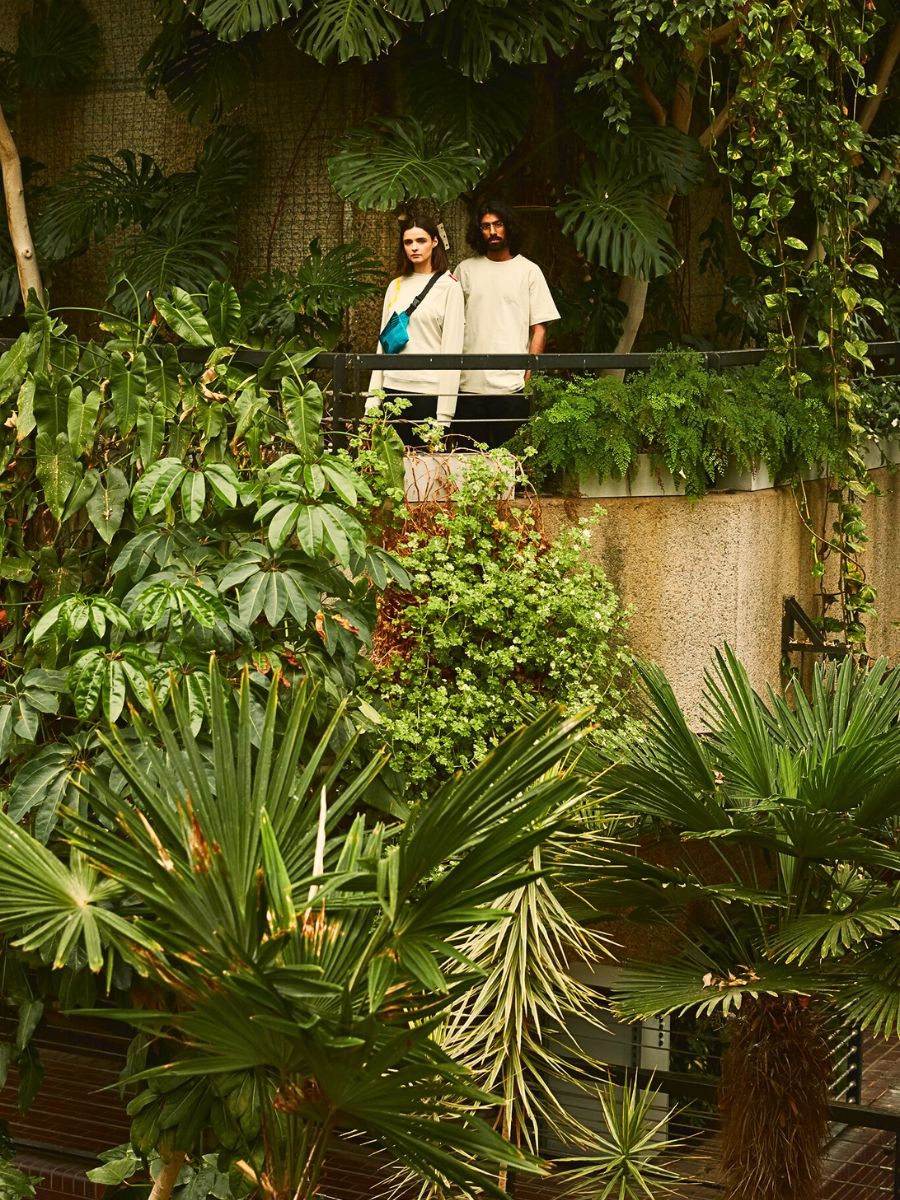
Each image, also, reveals the power of nature as it reclaims and redefines the urban landscape. The once-barren expanses of concrete are then adorned with creeping vines, moss-laden cracks, and lively flora, producing an otherworldly beauty that is both as fascinating as it is thought-provoking. Her photography not only acknowledges the aesthetic appeal of this fusion but also highlights the importance of integrating nature into urban design.
Olivia Broome:
"I'm fascinated by the way that nature can reclaim and transform these often-maligned buildings, and how this process can create a new kind of beauty and harmony."
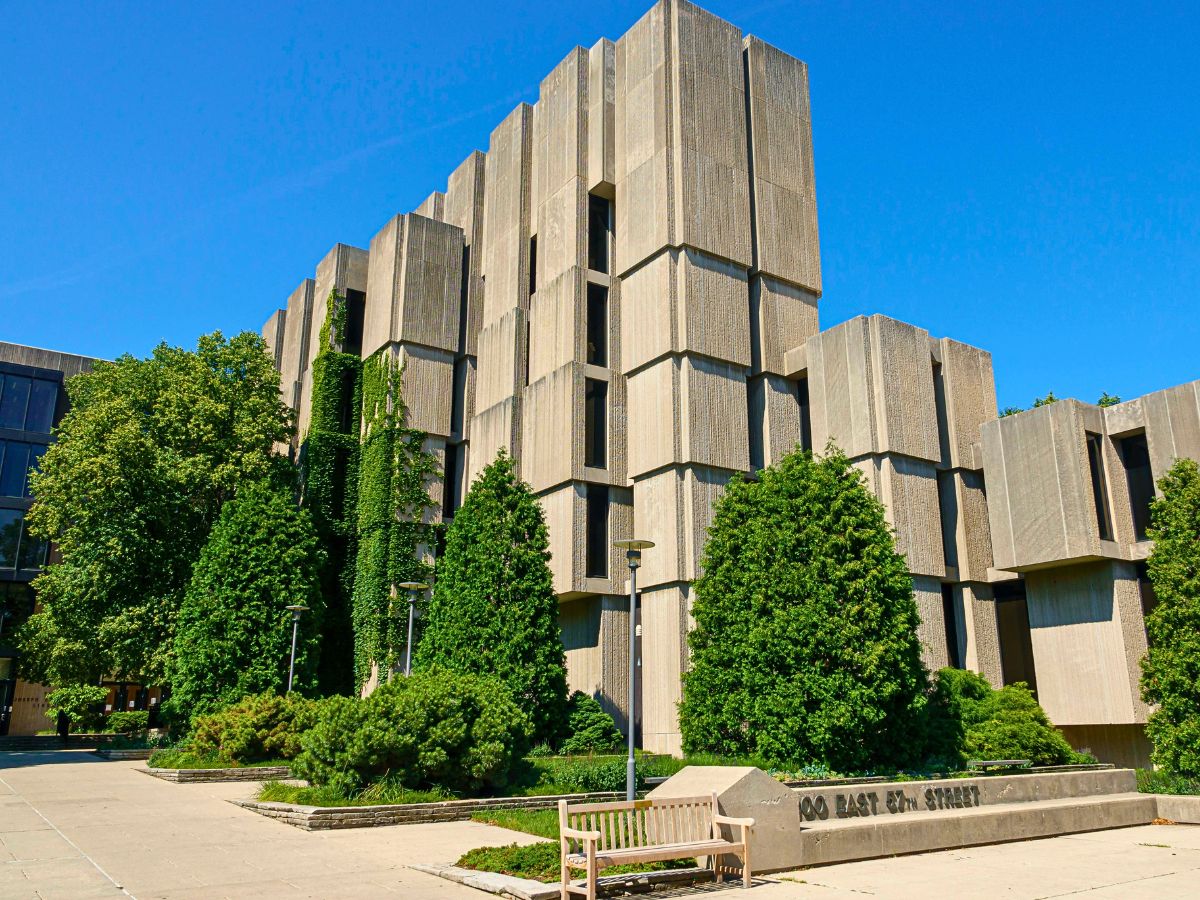
Photo by Mike Kit
There Is a Growing Appreciation for Eco-Brutalism
Olivia's work resonates with the current growing interest in eco-brutalism, a design philosophy that seeks to integrate sustainable practices and natural elements into Brutalist architecture. This design concept has experienced quite a renaissance and significant admiration in recent years, driven by a new incentive to integrate nature into built spaces. It has, also, been fueled by environmental consciousness and a desire to repurpose and adapt heritage structures.
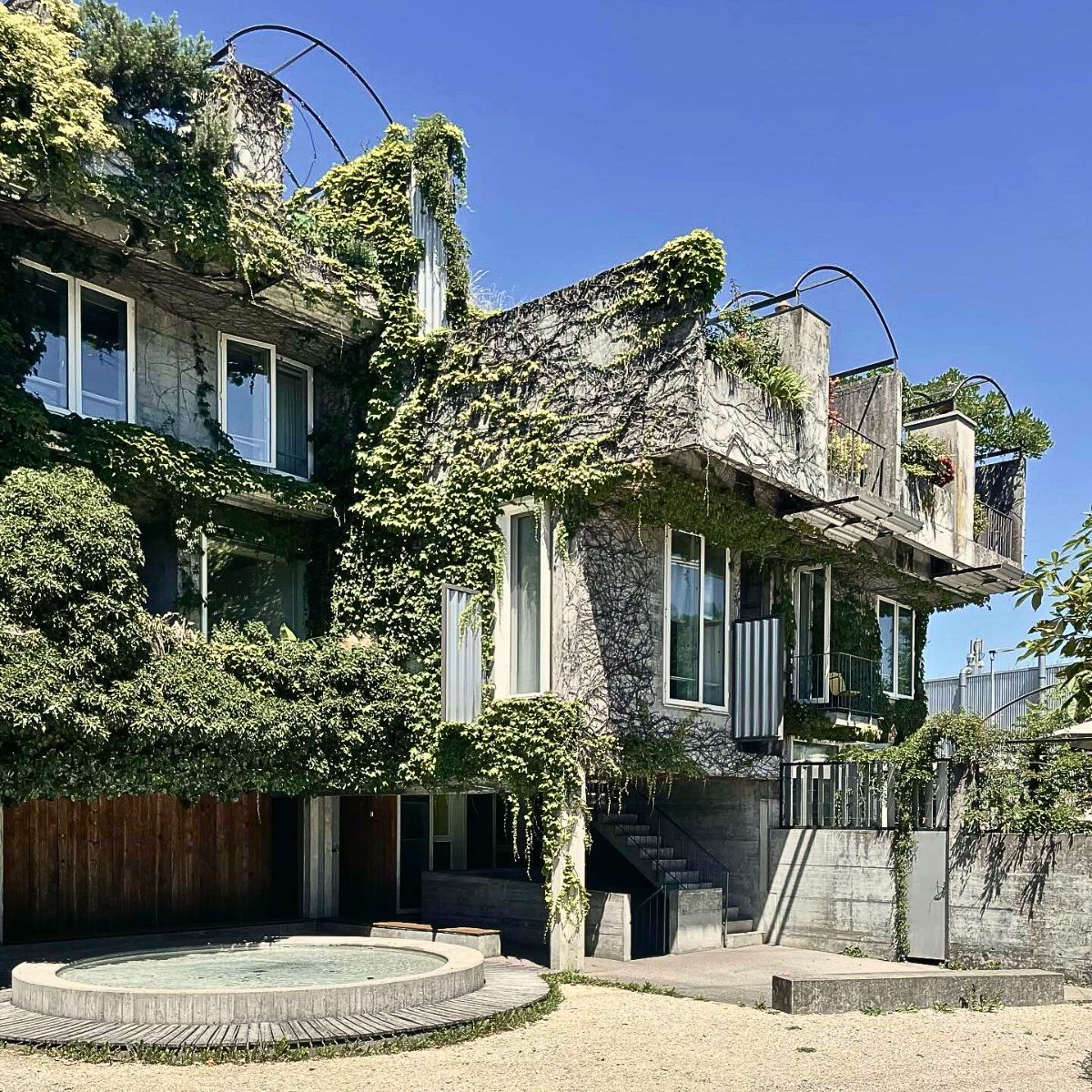
Photo by @swiss_brutalism
The raw, honest aesthetic of Brutalism architecture is appreciated for its resilience and adaptability, and the integration of nature makes it even more meaningful. Basically, in this context, the current focus on sustainable practices and eco-brutalism seeks to learn from past mistakes, integrating nature and improving living conditions within the framework of a brutalist design. This renewed interest showcases the prospect for Brutalism to contribute positively to better living, provided its characteristic challenges are addressed with thoughtful planning and execution.
Feature image by Maximilian Dörrbecker (Chumwa), header image by Thomas Ledl.

